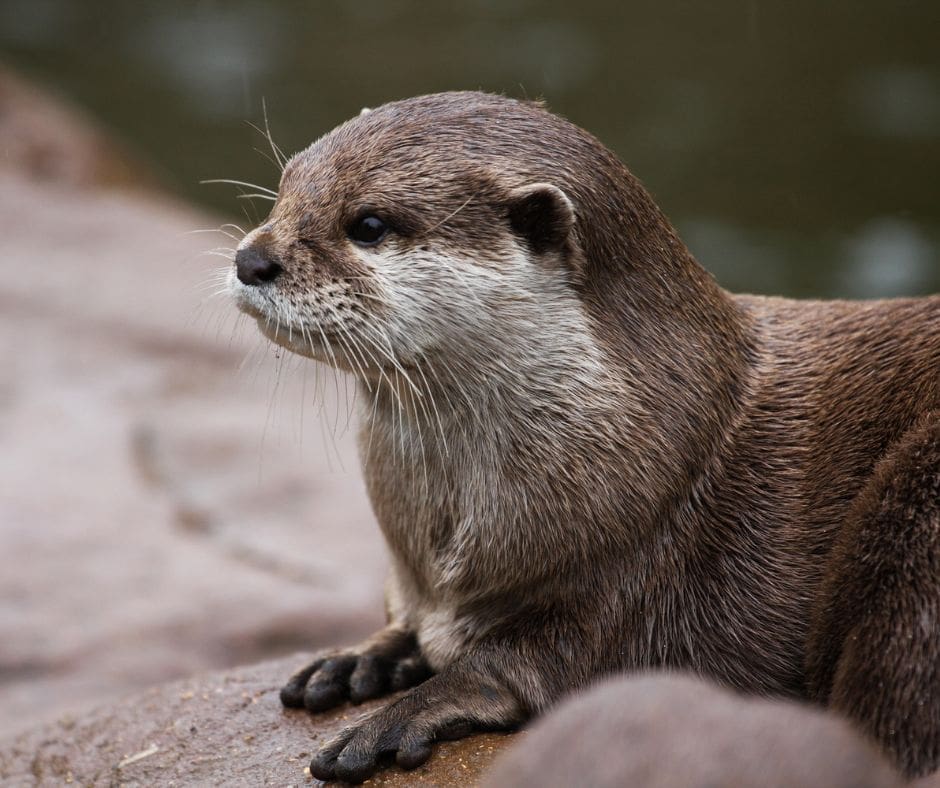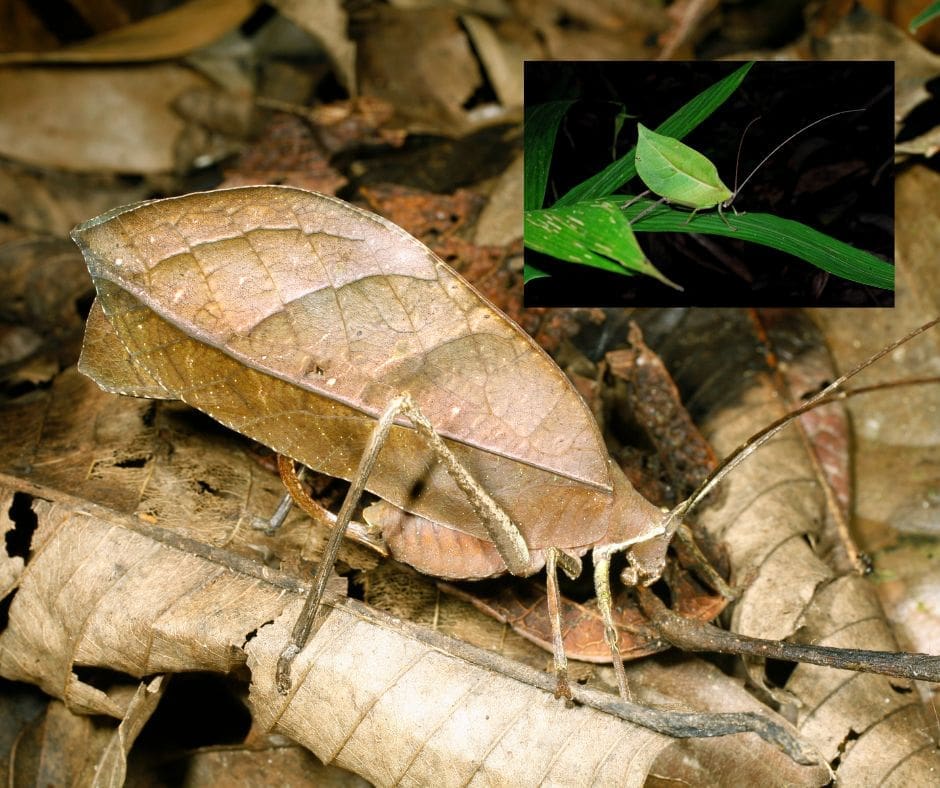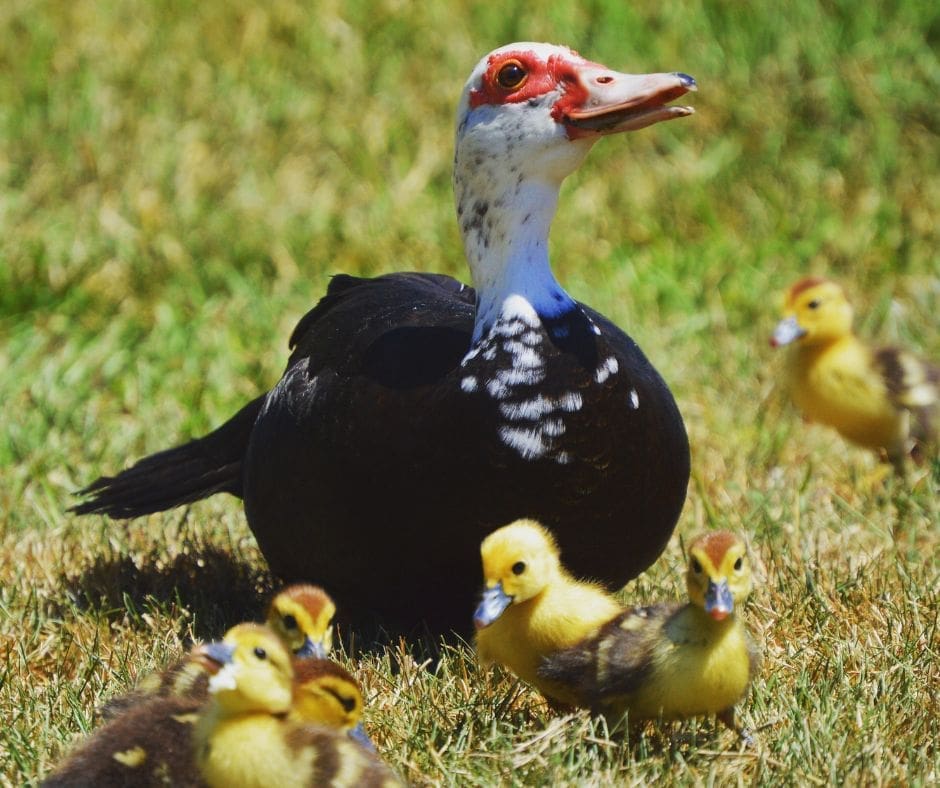
Riverside Rulers: The Neotropical Otters of Costa Rica
In the lush, verdant waterways of Costa Rica, the neotropical otters—often playfully referred to as “riverine royalty”—have carved out an existence that is as fluid and dynamic as the rivers they inhabit. These sleek, whiskered creatures embody the spirit of Costa Rica’s pristine aquatic environments, showcasing an adaptability and prowess that earns them the title of masters of their domain.
Where to See Neotropical Otters in Costa Rica
The quest to spot a neotropical otter in the wild can be as thrilling as it is serene. These otters are predominantly found in the river systems of protected areas, where their natural habitats are preserved against the encroachments of urbanization. Notable spots include the Tortuguero National Park, renowned for its canals that weave through dense rainforests and serve as a haven for these aquatic mammals. Similarly, the remote waterways of Corcovado National Park offer glimpses of otters as they navigate the untamed beauty of one of the most biodiverse regions on the planet.
Adventurous souls might also explore the serene Rio Celeste, where the otters play against a backdrop of surreal blue waters and cascading waterfalls. The quieter, less disturbed waters of these protected areas provide the best chances of observing otters as they fish, play, and care for their young.
The Playful Life of Neotropical Otters
Neotropical otters lead lives that are intricately linked to the river ecosystems of Costa Rica. As skilled predators, they are essential in maintaining the balance of aquatic life. Their diet primarily consists of fish, crustaceans, and small mammals, making them pivotal in controlling the overpopulation of these species and thus supporting the health of the riverine ecosystem.
Yet, it’s not all about survival for these otters. Play is a crucial part of their daily routines, serving as a way for young otters to learn necessary survival skills and for adults to maintain their dexterity. Observers often report seeing these otters engaging in what appears to be games, sliding down muddy or sandy banks into the river, or play-wrestling with each other—a sight that delights and endears them to wildlife enthusiasts.
Environmental Contributions of Neotropical Otters
The presence of neotropical otters is often an indicator of a healthy aquatic ecosystem. By controlling the populations of their prey, they ensure a balanced food web, which is crucial for the overall health of the waterways. Their activities help aerate the water and distribute organic material, which benefits both the aquatic flora and fauna.
Moreover, their role extends beyond just ecological balance. Otters influence the structure of their habitats by constructing dens along the riverbanks, which can help prevent erosion and improve water clarity. Their interactions with the environment demonstrate a complex relationship where every action they take weaves into the larger tapestry of the ecosystem, highlighting the interconnectedness of life in Costa Rica’s rivers.
The neotropical otters of Costa Rica are not merely survivors; they are thrivers who enhance the richness and diversity of the environments they inhabit. Their playful antics, combined with their crucial role in ecological maintenance, make them a species worth protecting and celebrating. For those seeking a connection with the wild, witnessing the life of these otters offers a profound reminder of nature’s playfulness and resilience.




